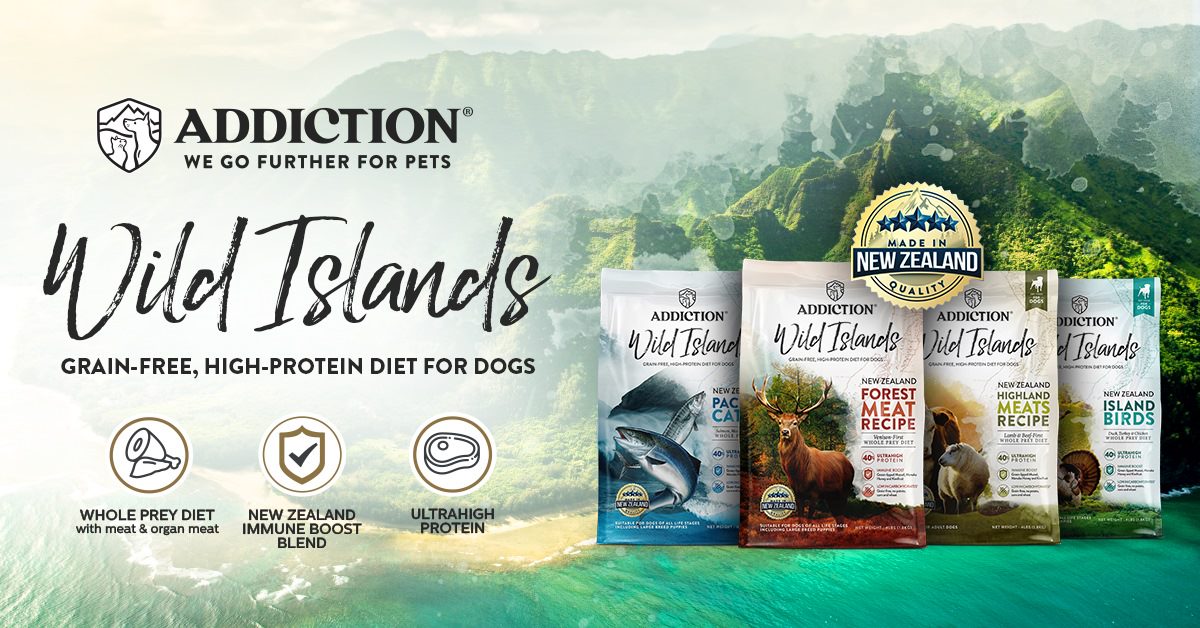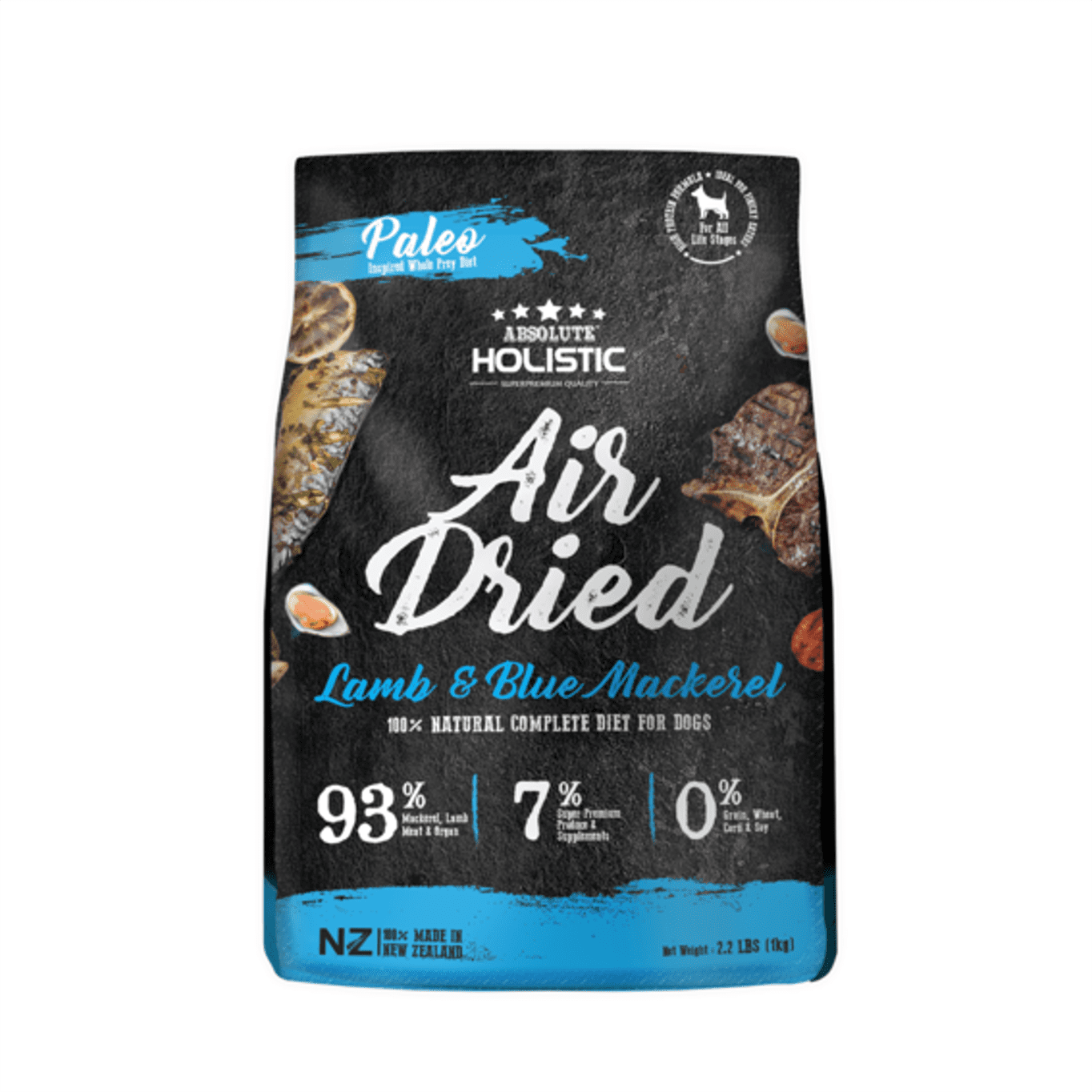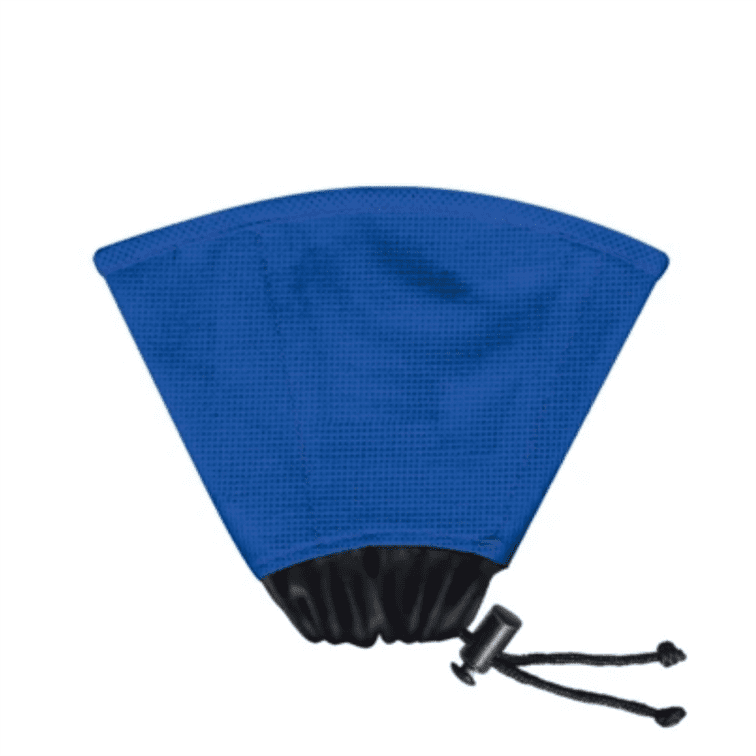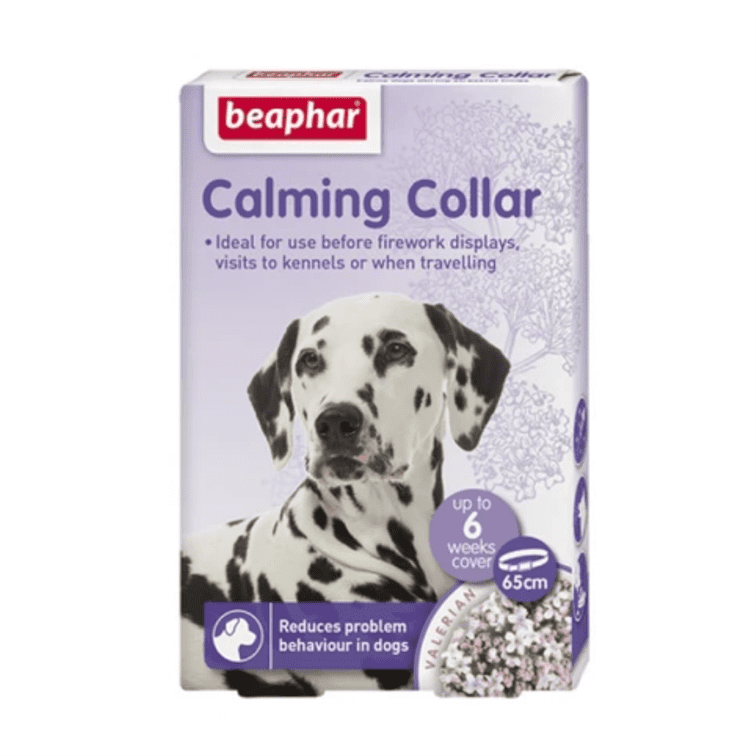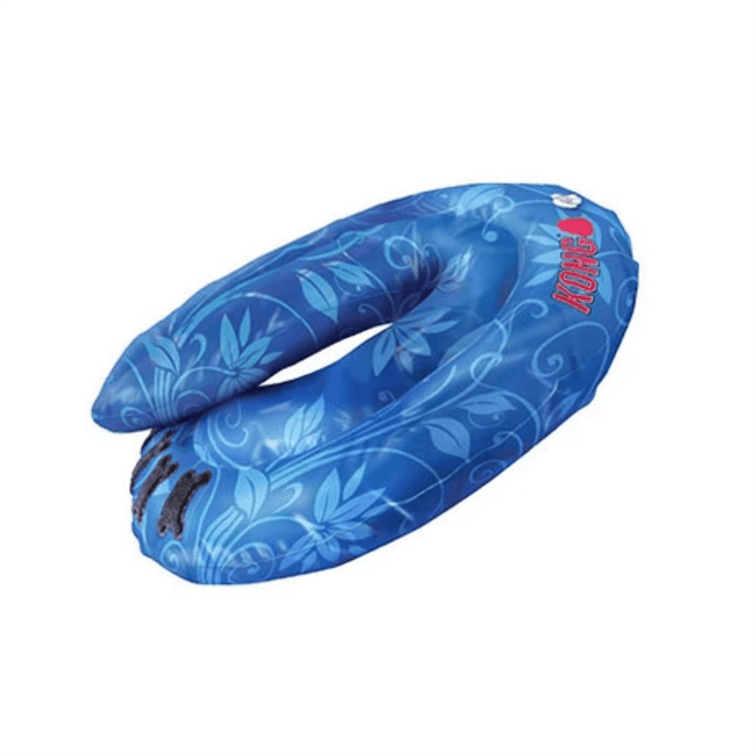First-Time Dog Owner Complete Guide

First-Time Dog Owner Complete Guide
Bringing a new dog home? Congratulations! Your life is about to be enriched in unexpected ways! Owning a dog is a fun and rewarding experience, but can be also daunting as well. It’s important to be well-prepared forehand. Follow our first-time dog owner guide, you will have a perfect set up, ready for your furry friend!
Part A: Choosing The Right Diet
#1: The Basics of Canine Nutrition
Like humans, dogs require a balanced diet to provide their body with the nutrients required to thrive. There are six major classes of nutrients: water, protein, fat, carbohydrates, vitamins and minerals.
Water
About 70 percent of a dog’s body is made up of water – that’s why it is critically important to keep your furry friend stay hydrated. Make sure he always has a bowl of clean water available. Water also helps cools the body, lubricates joints and internal organs, transports nutrients and removes waste.
Proteins
Proteins are complex molecules made up of amino acids, the building blocks of cell growth, maintenance and repair. Amino acids support muscle growth and maintenance. Proteins are also critical for digestive enzyme production, antibodies to help fight disease and a healthy coat.
Fats
Fats provide the most concentrated source of energy in the diet. In addition to supplying energy, fats support brain function and development, help maintain healthy skin and hair, control inflammation and support the immune system.
Carbohydrates
Carbohydrates are sugars and starches that are rapidly converted to energy by the body. Although dogs can get energy from protein and fats alone, carbohydrates that can be broken down by the digestive system and converted to glucose can also be a source of energy.
Vitamins
Vitamins are important to keep your dog’s body healthy by helping to generate energy from other nutrients and helping the cells to use those nutrients efficiently. They are divided into two groups: fat-soluble vitamins and water-soluble vitamins. Typically, water-soluble vitamins pass through a cat’s body more quickly, while fat-soluble ones are stored in her body. Fat-soluble vitamins include A, D, E and K, while water-soluble vitamins include C and the B complex.
Minerals
Minerals are essential for producing and using energy, healthy teeth and bones, nervous and digestive system health and cellular functions throughout the body.
#2: Type Of Dog Food
Feed your dog the highest-quality food you can afford. Note that there are simply no differences between dry and wet dog food in terms of nutrition and digestibility. Dog owners are advised to make decision-based on budget, lifestyle, preferences, age and breed of dogs, health conditions of dogs and their lifestyle. For instance, canned foods may be a better choice for dogs that need to consume more water or have certain special dietary needs. Otherwise, most dogs will do fine on dry food. There are four types of dog food:
Dry Dog Food
Known as kibbles, dry dog foods have a low moisture content. They can come on the form of extruded foods (shaped pellets or kibbles), flake foods (flaked cereals) and biscuits/mixers. Dry food is the most economical option. It doesn’t expire as quickly as other types of food and it doesn’t need to be refrigerated. It is easier to serve to your dog as well – no cooking or preparation involved. It can be left out for him to eat at his own pace without fear of spoilage. Plus, the crunchiness of the food cleans his teeth, which aids in dental hygiene. Depending on the manufacturer’s instructions, dry food may be offered dry. Owners can add water or gravy to the food too. Note that dry dog food contains a low moisture content, thus it’s important to provide your dog with a fresh supply of water at all times.
Wet Dog Food
Wet dog food contains a high moisture content. It usually comes in the form of cans, foil trays and pouches and the contents include chunks in gravy, chunks in jelly and meatloaf formats. It’s typically cooked at a very high temperature in order to sterilize the food. Since wet dog food requires no chewing, it’s much easier for senior dogs or dogs with poor dental health to eat. However, it’s more expensive than dry food. Once opened, wet dog food should be stored in the refrigerator for no longer than seven days. You’ll need to pay attention to the protein and water content. The higher the water content, the fewer nutrients are going to be in the food. This means your dog will need to consume more food to meet his daily nutritional requirement
Semi-moist Dog Food
It is usually a popular method type of dog treat. In general, semi-moist dog food will look like soft pellets. It usually comes packaged in sachets and has a chewy texture. If you’re thinking about feeding your dog a semi-moist diet, seek the advice of your vet first.
Part C: The Vaccinations, Spay/Neuter, Deworming And Tick/Flea Treatment
Health should be one of your main concerns. We all want our dogs to be happy so looking after their well-being is very important.
#1: When Should My Dog Have His Vaccinations?
Your vet will tell you when you should vaccinate your dog. Vaccinating your new dog is a good idea if he is not vaccinated in the first place, but do take note of which vaccines your vet is giving him. Vaccines help to stimulate your dog’s immune system to help fight off disease. Dogs should be vaccinated when they are puppies and then receive boosters during their lifetime.
According to Dr.Hii Wei Chuong, veterinarian of Wesley Veterinary Clinic, it could start when the puppy is six weeks old. “The second injection will be given on the 10th week, and the third on the 14th week. After that, the injection is once a year,” said Dr. Hii. Thereafter, your dog will require repeat vaccination at regular intervals for the rest of his life.
#2: What Are The Core And Non-Core Vaccinations?
Core vaccines are recommended for all puppies and dogs. These include vaccines for canine parvovirus (CPV), canine distemper virus (CDV) and rabies. Canine distemper and canine parvovirus are the two most common dangerous diseases. Canine Parvovirus is a highly contagious viral disease that is caused by the canine parvovirus type 2 (CPV-2) virus. The virus attacks the gastrointestinal tract and immune system of puppies and dogs, causing severe vomiting and diarrhoea. Note that it can attack the hearts of young puppies too. It spreads through direct contact with infected dogs or infected faeces. And it’s easily carried on hands, food dishes, leashes and so on. In untreated dogs, the mortality rate can exceed 90 percent, according to Vet Street. Canine distemper is an incurable disease that can lead to seizures and death. It can be spread through direct contact or indirect contact. Direct contacts include licking and breathing air, while indirect contacts include bedding, toys, food bowls etc. Non-immunized canines that come into any kind of contact with an infected animal carry a particularly high risk of contracting the disease.
Rabies is a viral disease that can be carried by many mammals. It’s commonly transmitted through a bite from the infected mammal. Once a dog is infected with rabies, he will exhibit slight nervous systems abnormalities. Rabies can be stopped if it is treated before symptoms occur. Non-core vaccines are optional vaccines that should be considered in light of the exposure risk of the pet. They include canine parainfluenza virus (CPiV), canine influenza virus H3N8, canine influenza virus H3N2 distemper-measles combination vaccine, Bordetella bronchiseptica and Borrelia burgdorferi, according to UC Davis School of Veterinary Medicine. Read more: The Truth About Annual Vaccinations
#3: Spay/Neuter
“Spaying” is for female dogs and “neutering” is for males. It is a simple surgical procedure that is usually performed right at the vet’s office. Adult dogs can be neutered at any age, but the best time is before sexual maturity. Ideally, it’s best performed at 4 months of age, before your dog’s first heat. Neutering or spaying can have several positive health effects on your dog. In females, it significantly helps decrease the risk of ovarian and uterine tumours, severe UTIs (Urinary tract Infections) and ovarian cysts. Recent research indicates that it can also offset the chances of breast cancer substantially. In males, neutering prevents testicular and prostate cancer and helps keep your little soldier’s private parts germ-free during mating season. Read more: Pro and Cons of Spaying Your Pet
#3: Fleas and worms
All dogs should be treated regularly for fleas and worms. While worming products are available from pet stores and supermarkets, these are often old or less effective products and some of them are even less safe to use in dogs. Always consult your vet on which treatment he or she would recommend. The best way to diagnose a worm problem is with a visit to the vet. Tapeworms, roundworms, hookworms, and whipworms are common internal parasites in dogs. Signs your dog may have worms include: Diarrhoea (may be bloody), a rough/dry coat, a change in appetite, weight loss, vomiting with roundworms and an overall poor appearance. Another common canine health problem, fleas will make your dog intensely uncomfortable. And they can also cause allergic reactions, infections, and even lead to anaemia from blood loss. Signs your dog may have fleas include: hair loss, tapeworms, flea dirt, excessive licking, biting or scratching, hot spots and allergic dermatitis. There are a number of products that can help prevent your dog from getting ticks and fleas. Dog owners are advised to talk to your vet about the right flea medicine for your dog.







